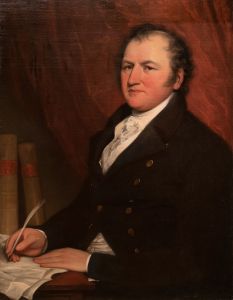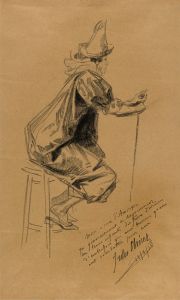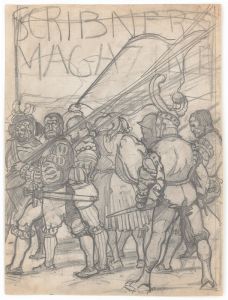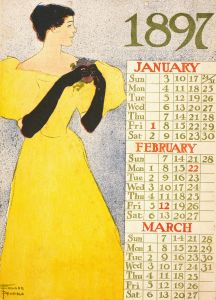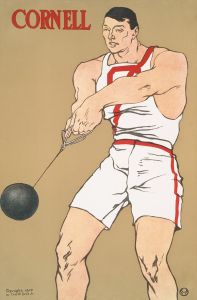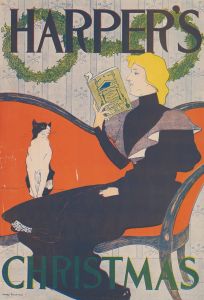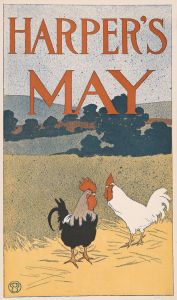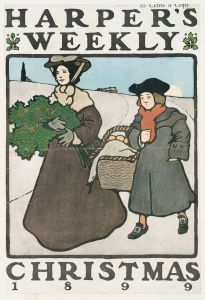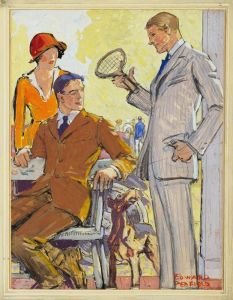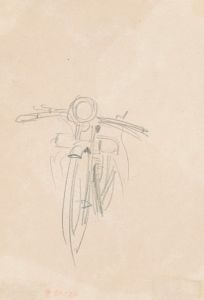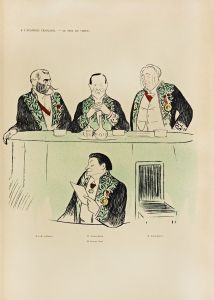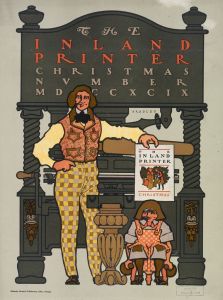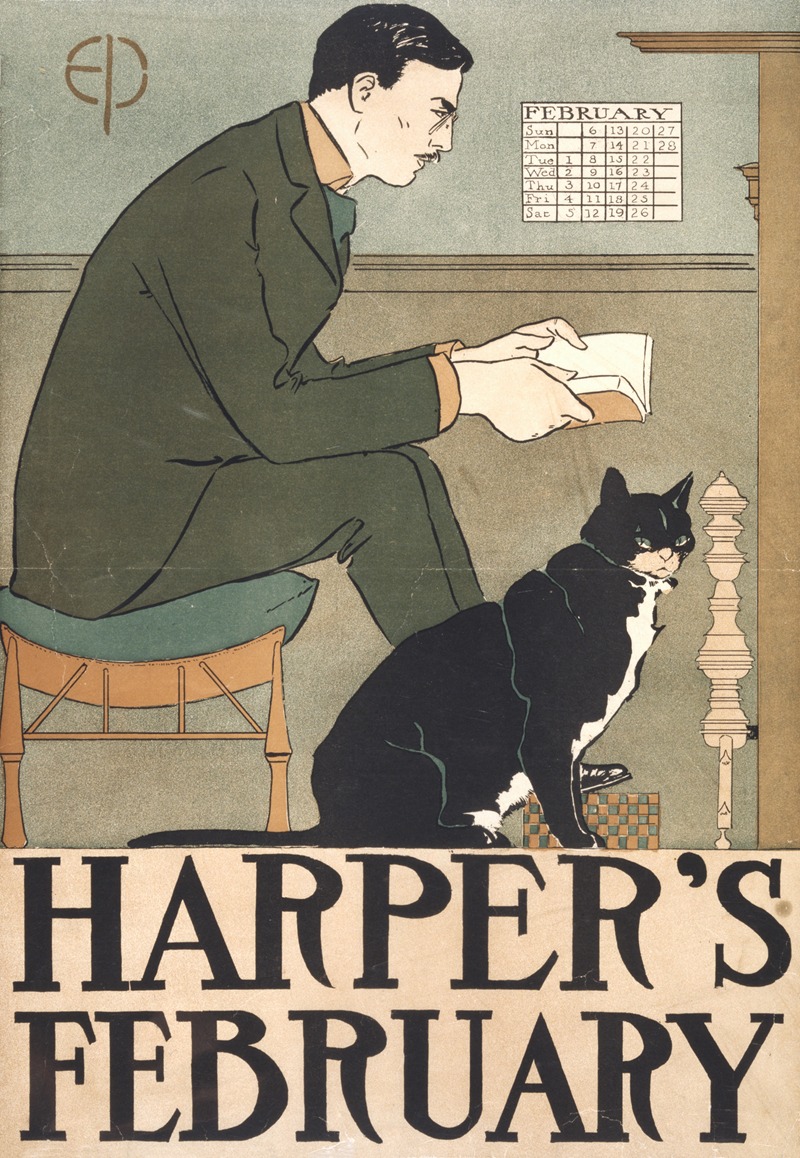
Harper’s February
A hand-painted replica of Edward Penfield’s masterpiece Harper’s February, meticulously crafted by professional artists to capture the true essence of the original. Each piece is created with museum-quality canvas and rare mineral pigments, carefully painted by experienced artists with delicate brushstrokes and rich, layered colors to perfectly recreate the texture of the original artwork. Unlike machine-printed reproductions, this hand-painted version brings the painting to life, infused with the artist’s emotions and skill in every stroke. Whether for personal collection or home decoration, it instantly elevates the artistic atmosphere of any space.
Edward Penfield was an influential American illustrator and a key figure in the development of graphic design during the late 19th and early 20th centuries. He is best known for his work as an art director for Harper's Magazine, where he created a series of monthly cover illustrations that became iconic representations of the period's artistic and cultural trends. One of his notable works is the illustration for Harper's February issue, which exemplifies his distinctive style and contribution to the world of illustration.
Penfield's work for Harper's Magazine began in the 1890s, a time when magazines were becoming a popular medium for both literature and art. His covers were not only visually appealing but also served as a form of advertisement for the magazine itself. Each cover was designed to capture the essence of the month it represented, often featuring seasonal themes, fashionable figures, and elements of contemporary life.
The February cover, like many of Penfield's works, is characterized by its bold use of color, simplified forms, and clear lines. Penfield had a unique ability to distill complex scenes into their most essential elements, creating images that were both striking and easy to comprehend. This approach was particularly effective in the context of magazine covers, where the goal was to attract the attention of potential readers quickly.
In the February illustration, Penfield often employed themes related to winter, romance, or Valentine's Day, reflecting the cultural associations of the month. His work frequently depicted elegantly dressed men and women, engaging in leisure activities or enjoying the outdoors, which was a reflection of the societal norms and aspirations of the time. The figures in his illustrations were often portrayed with a sense of grace and poise, embodying the idealized vision of American life at the turn of the century.
Penfield's style was influenced by the Art Nouveau movement, which was characterized by its organic forms, flowing lines, and emphasis on decorative arts. However, he adapted these elements to suit the needs of commercial illustration, creating works that were both artistic and functional. His ability to balance these aspects made him a pioneer in the field of graphic design and set a standard for future illustrators.
Edward Penfield's contributions to Harper's Magazine and the field of illustration were significant. His work not only helped to define the visual identity of the magazine but also played a role in shaping the broader landscape of American graphic design. The February cover, along with his other monthly illustrations, remains a testament to his skill and creativity, continuing to be appreciated by art enthusiasts and historians alike.
Overall, Penfield's Harper's February illustration is a prime example of his talent and the impact he had on the world of illustration. His work continues to be studied and admired for its artistic merit and historical significance, reflecting the cultural and artistic trends of his time.





